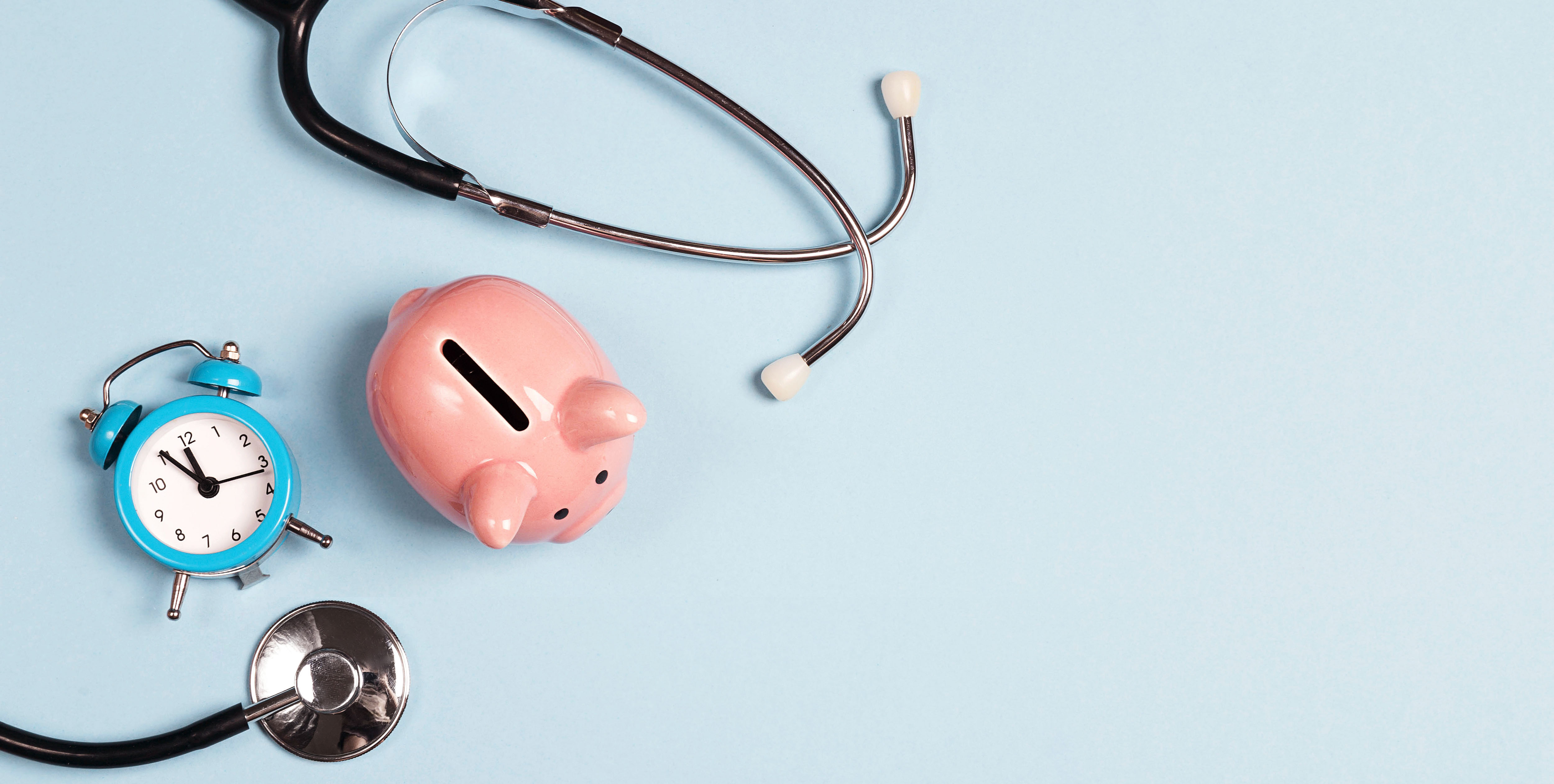
Ideally, interactions with your doctor go like this:
- Your doctor listens and speaks plainly about your health problem (no medical jargon), connects with you by asking relevant questions, and gives information you can understand and use.
- You can share and exchange information effectively with your doctor and use it to make well-informed choices.
Medical visits can vary from the ideal for everyone at some point, but for 9 out of 10 adults in the United States, low (limited) health literacy affects their ability to engage with and use vital health information in some way.
What is health literacy?
Effective relationships with healthcare providers depend on a patient’s personal health literacy and honest, adequate, and professional communication by the provider.
|
"Health literacy is the ability to find, understand, and easily use health information and services to make informed decisions and take informed actions.” |
Health literacy is having the knowledge and awareness needed to use health information to improve the ways you attend to your body and health—even when difficult news calls for difficult changes.
How does low health literacy affect my health?
The CDC, Health Literacy Texas, and other health organizations across the country emphasize the high cost of low health literacy on health outcomes, medical expenses, lost opportunities, and daily functioning:
People with low health literacy are at risk for:
- Hospital readmissions and longer stays
- Medication errors
- Poor self-care
- Decreased likelihood of receiving preventive care and services
- Poor health outcomes
Is health literacy about being a good reader?
Health literacy isn’t limited to skill with visual reading, says the CDC:
“Even people who read well and are comfortable using numbers can face health literacy issues when they...
- Aren’t familiar with medical terms or how their bodies work.
- Have to interpret statistics and evaluate risks and benefits that affect their health and safety.
- They are diagnosed with a serious illness and are scared and confused.
- Have health conditions that require complicated self-care.
- Are voting on an issue affecting the community’s health and relying on unfamiliar technical information.”
So, what does effective communication look like in the exam room?
The difference between a beneficial visit and a confusing visit—and the health outcomes that follow, often comes down to health literacy and communication.
Information is power, for both you and your doctor.
Whether you do nothing more than take medicines as prescribed or are evaluating recommended treatments for a health condition, nothing happens without establishing trust. It’s important to be confident in your doctor’s ability to give you the best information, recommendations, and medication.
Trust matters.
Studies show that patient satisfaction—your outlook and attitude about a health problem after the appointment—depends on how you and your doctor communicate about the nature of the problem, treatment goals, and the types of support you’ll need on your way to better health.
But it’s not always a smooth process.
You might have experienced this firsthand: a canyon-sized gap between your experience of the problem and what your medical provider seems to understand—but here’s the thing:
There’s also a massive gap between what you know to be true about your experience and what your doctor needs to know about you to communicate effectively. It’s real enough to measure: a 2005 study famously surveyed a large number of orthopedic surgeons and their patients about their satisfaction with care. And, while 75% of these surgeons believed they communicated satisfactorily with their patients, only 21% of their patients said the same!
When you leave a health visit satisfied with the two-way communication you share with your doctor, it’s more likely that you will follow through with a healthcare plan and have better outcomes.
Your doctor relies on their core clinical skills—and what you’ve told them—to gather information about a problem and make an accurate diagnosis. This view, called a patient-centered view, encourages doctors to check in with patients as owners of their bodies and health. For starters, they might ask:
- When the pain started
- If it’s been painful before
- What you were doing when you first felt it
- How it felt
- How often you feel the pain
These simple questions won’t fix the pain, but it’s an open exchange of information—a place to start being heard, reinforce a healthy professional partnership with your doctor, and move forward to better health.
4 things to remember about health literacy and the doctor-patient relationship.
- The way doctors communicate with us affects our health outcomes.
- The way we hear and understand these conversations affects our health outcomes.
- We can teach ourselves how to communicate better in healthcare settings.
- We can improve our own health literacy and our community’s.
References:
- Tongue JR, Epps HR, Forese LL. Communication skills. Instr Course Lect. 2005;54:3-9. PMID: 15948430.

Caring for Chronic Kidney Disease
1 in 7 Americans have chronic kidney disease. Most don’t know they have it.
 READ MORE
READ MORE

